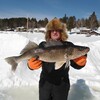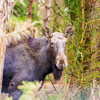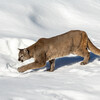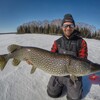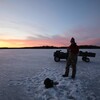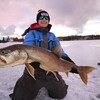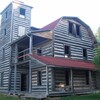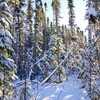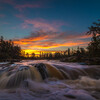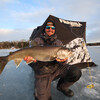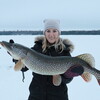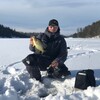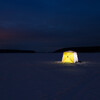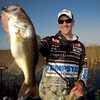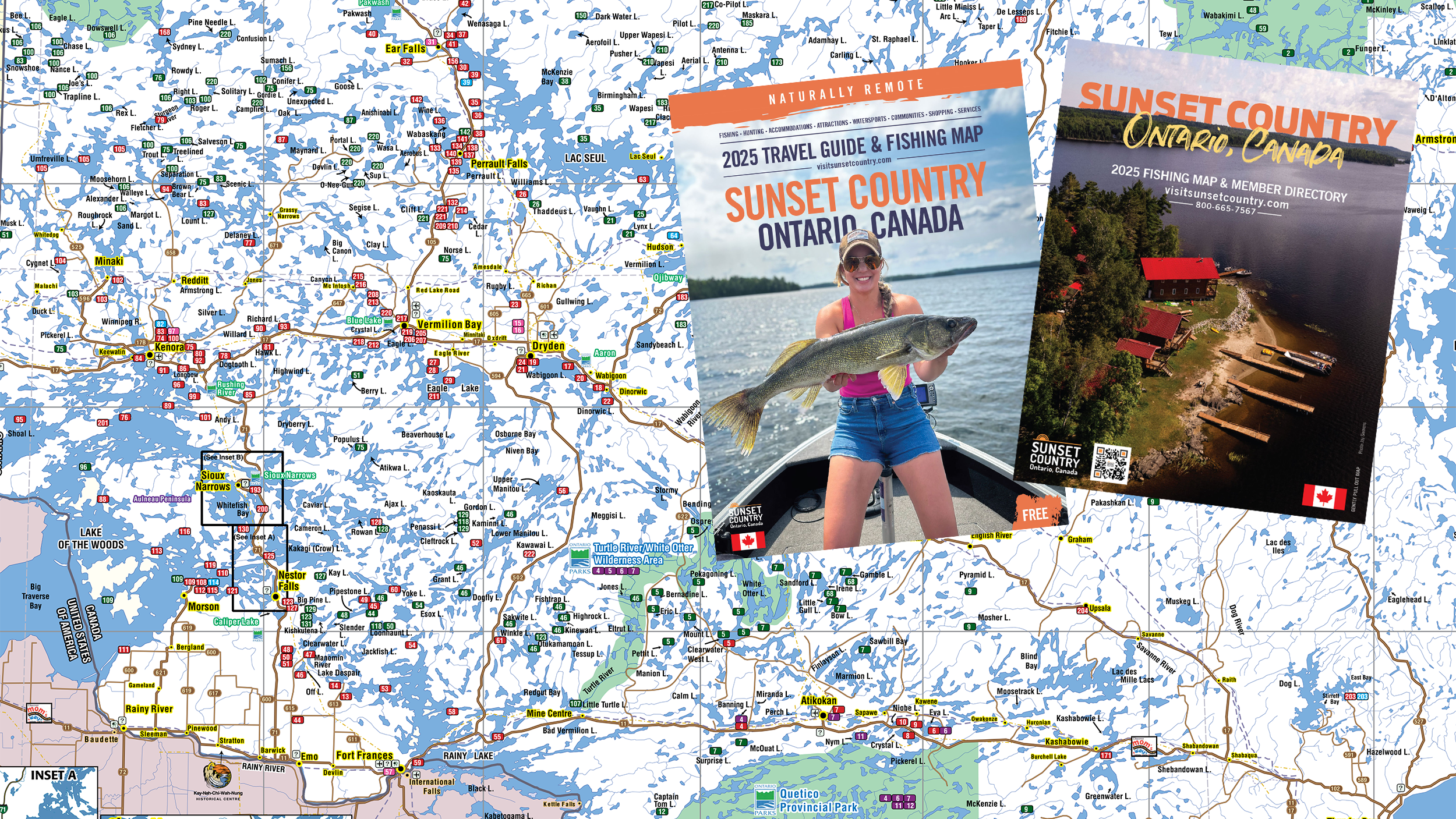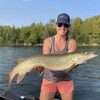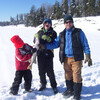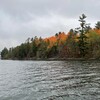Catch More Walleye!
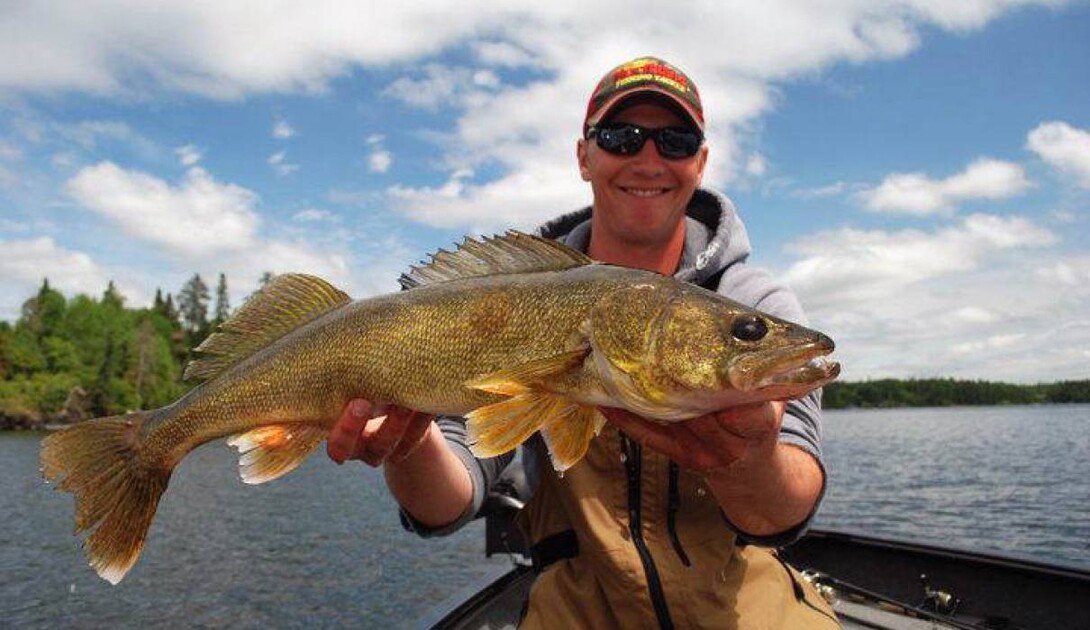
Everyone has their reasons for choosing their favourite bait and tackle, in this article, Pro Angler Jeff Gustafson talks about the benefits of using minnowbaits for walleye.
Years of guiding on many different Sunset Country lakes has taught me there is one style of bait that anglers can tie on, fish with ease and do a lot of catching. Minnow baits or jerk baits as they are called in bass circles, come in many shapes, sizes and colours, and have all originated from the Original Floating Rapala carved by Lauri Rapala in the 1930s. They are a type of lure that is highly efficient at covering water and triggering fish to strike, especially big fish of all species.
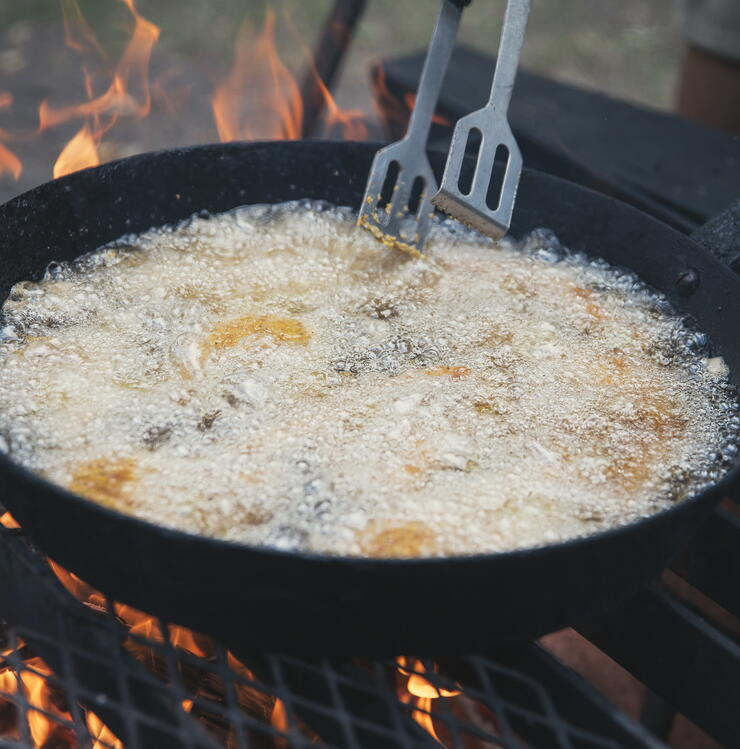
Jerk baits are often overlooked for walleyes but they are very effective at finding and catching these golden beauties. My clients can tie on a bait like an X-Rap and they are going to catch walleyes most days during the open water season. On multi-species lakes such as Eagle Lake or Lake of the Woods, many will tell you they have done this and landed many smallmouths, pike and muskies as well.
Most lakes in the Canadian Shield are loaded with pelagic baitfish like ciscoes, smelt and shiners that walleyes love, so it's not surprising that minnow baits excel since they do a good job at emulating these forage options.

Throughout the open water season weather can play a key role in putting walleyes in position to be caught with jerk baits. I spend a lot of June guiding before I get busy with tournaments for the rest of the summer. June usually brings plenty of heat and heat will move walleyes shallow on most waters, especially during this time frame. Throughout the rest of the summer, wind is the key ingredient to encourage walleyes to bust a move for shallow water. Windblown rockpiles, beaches, points and shorelines are all worth checking out.
"Once in a bass tournament on Rainy Lake, my partner and I could not keep big walleyes off our jerk baits when we pulled up to the windblown side of every offshore rock we hit."
On big waters like Lake of the Woods and Rainy Lake, offshore rock piles are hot spots during the summer months Add some wind into the mix and walleyes will move right up, many times into 4-10 feet of water and they are there to eat. Once in a bass tournament on Rainy Lake, my partner and I could not keep big walleyes off our jerk baits when we pulled up to the windblown side of every offshore rock we hit. I'm talking big fish, six-pound plus walleyes and the funny thing was, they were generally shallower than the smallmouths. I have seen the same thing happen on Lake of the Woods too. These fish wanted a No.10 or 12 X-Rap more than anything else.
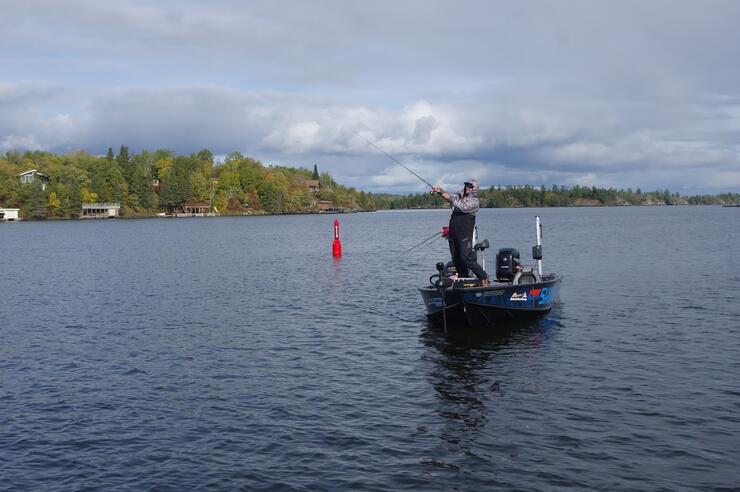
Minnow baits come in many shapes and sizes, some suspend, while other sink or float. I have a time and place where I prefer each type, but I usually lean on a No.10 X-Rap, which is a suspending bait. Springtime fish, throughout much of May and June call for a more subtle bait much of the time, like a Husky Jerk (suspending) or a Countdown Minnow (sinking). I'm a big Rapala fan but Lucky Craft, Yo-Zuri, Smithwick and Bomber make quality baits as well.
I pretty much just use X-Raps all summer and walleyes love them. My friend Scott Dingwall used No.8 and No.10 X-Raps to catch a few big walleyes that anchored his limits every day en route to a 4th place finish at the August 2008 PWT Can-Am event (now the tbaytel Walleye Masters) on Wabigoon Lake. He jerked these baits over weed-edges and was the only angler in the event to put up double digits catches every day of the event. On big fish waters, the over-sized No.12 bait will work well too.
All of these bait options excel on a steady retrieve most days. Sometimes suspending qualities of the X-Rap and Husky Jerk trigger strikes, but usually the aggressive twitch, twitch, pause sequence that bass anglers use is not the best approach. Instead, do a reel, reel, pause sequence which is a little more subtle. The bait stays in a straighter line on the retrieve and seems to trigger more strikes. Most of my guide clients do this because they have a hard time imparting a cadence like bass anglers typically do with these baits and I can tell you it works.
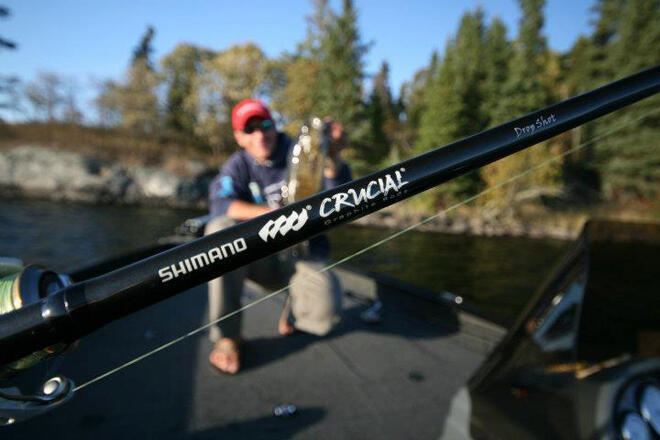
As for size, it's all about matching the size of the fish you are chasing and the size of the forage. In Sunset Country, nearly all the big waters have smelt in them, so four to six inch baits match the main forage well. In some of the smaller lakes, shiners and perch are the predominant forage so three and four-inch baits are better.
"If there are two anglers in the boat a good way to start is have one angler throw a white bait, while the other throws a bright coloured bait."
Colour is usually all about preference. In some of the clear waters, smelt and realistic baitfish patterns are key most days, but don't discount bright, gaudy colours which can be hot some days. I always play with colours to try and find the best option for each day on the water. If there are two anglers in the boat a good way to start is have one angler throw a white bait, while the other throws a bright coloured bait. If one produces better than the other, then you can start fine-tuning. Watch the cadence of the retrieve though because on most days, that is more significant than the colour.
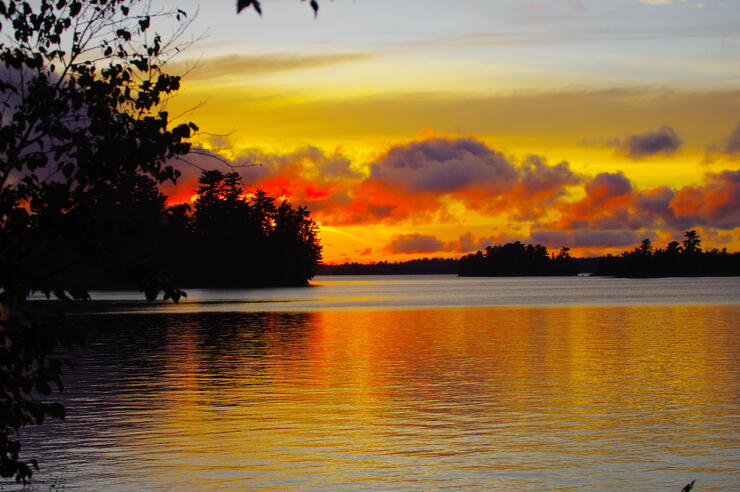
Minnow baits really are a productive multi-species bait, but that brings up one problem. Most waters in Ontario are loaded with healthy populations of pike that are not afraid to confiscate baits. Using bulky wire leaders can deflate the action of these baits and will decrease strikes most days. I like to fish minnow baits on a 6 foot6 inch medium action Shimano Crucial rod, teamed up with a Curado 200E7 reel. I fish them on 14 pound Power Pro braid and use a 20-pound fluorocarbon leader. Pike can still eat through the 20lb leader but it will save a lot of baits. The braid casts these baits a mile and it's super tough.
If you need more information on walleye fishing in Ontario.
Jeff Gustafson is a multi-species guide that lives on the shores of Lake of the Woods in Kenora, Ontario. Check out his website at Gussy Outdoors.
Recommended Articles

Is the 1,400 Kilometre Drive to Northwest Ontario For a Fishing Trip Worth it?
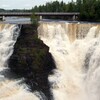
8 must-see waterfalls

6 Ways to Get Your 10,000 Steps This Fall

Top 5 Reasons You Should Be Fishing in Morson, Ontario

Discover The Winnipeg River

Enjoy Sunset Country's Fall Colours on Your Next Road Trip

Fishing in the Fall?

6 Reasons to Book a Fall Vacation to Sunset Country

10 Reasons to Avoid Ontario’s Sunset Country

Heading Across Canada?

A Guide to Sunset Country Museums
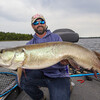
The Promised Land: Best Muskie Fishing in Ontario

Fall Fishing Tips
5 Essential Boreal Experiences in Ontario's Sunset Country

5 Obscure Facts About Northwestern Ontario: Were You Aware of These?
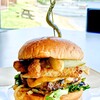
Great Food in Relatively Unknown Places
Outdoor Medicine

A Guide to Bringing Your Pets on Vacation to Canada

There's more than just fishing in the Red Lake Region

5 Amazing Sights You Can Only See By Boat

Going Fishing in Canada?

Going fishing in Ontario?

Outdoor Adventure in Ontario's Northern Paradise
Planning A Family Fishing Trip to Canada

Tips from a Fishing Legend

